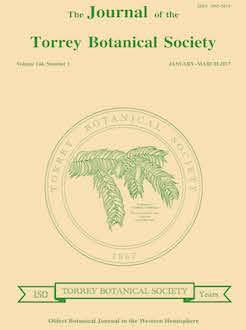Exclosure studies have illustrated the profound effects overabundant populations of white-tailed deer can have on forest plant communities. However, complete exclusion of deer creates an artificial condition in most forests, and examining the long-term response of plant species composition and diversity to exclusion can provide valuable insight into the historic role of deer herbivory in forests. In 2014, we resampled spring flora and woody regeneration in a series of exclosure and control plots established in Great Smoky Mountains National Park in 1996. By comparing our data to regeneration data from 2002 and spring flora data from 2004, we were able to examine differences in vegetation at 6–8 and 18 yrs after deer exclusion. We observed a significant (P < 0.001) increase in the density of woody stems between 2002 and 2014 across all sites, with significantly more stems found within exclosures (P < 0.001). This increase in woody stem abundance within exclosures was associated with a decline in the abundance of some small-stature, spring herbaceous species. However, large-stature (taller) herbs, when present, tended to increase in abundance between sampling periods. Nonmetric multidimensional scaling ordinations supported this relationship between woody regeneration and herbaceous species composition. Shifts observed in spring flora composition along dominant ordination axes were correlated with the density of woody regeneration. Although our study further illustrates the negative effects of overabundant deer populations on plant communities, it also highlights the context-dependent nature of these effects and the potential consequences of long-term exclusion of herbivory on compositional diversity.
How to translate text using browser tools
7 December 2016
Response of spring flora to nearly two decades of deer exclusion and resurgent woody understories within exclosures
Christopher R. Webster
ACCESS THE FULL ARTICLE
Cades Cove
endogenous disturbance
Great Smoky Mountains National Park
herbaceous layer
Odocoileus virginianus
southern Appalachian Mountains





